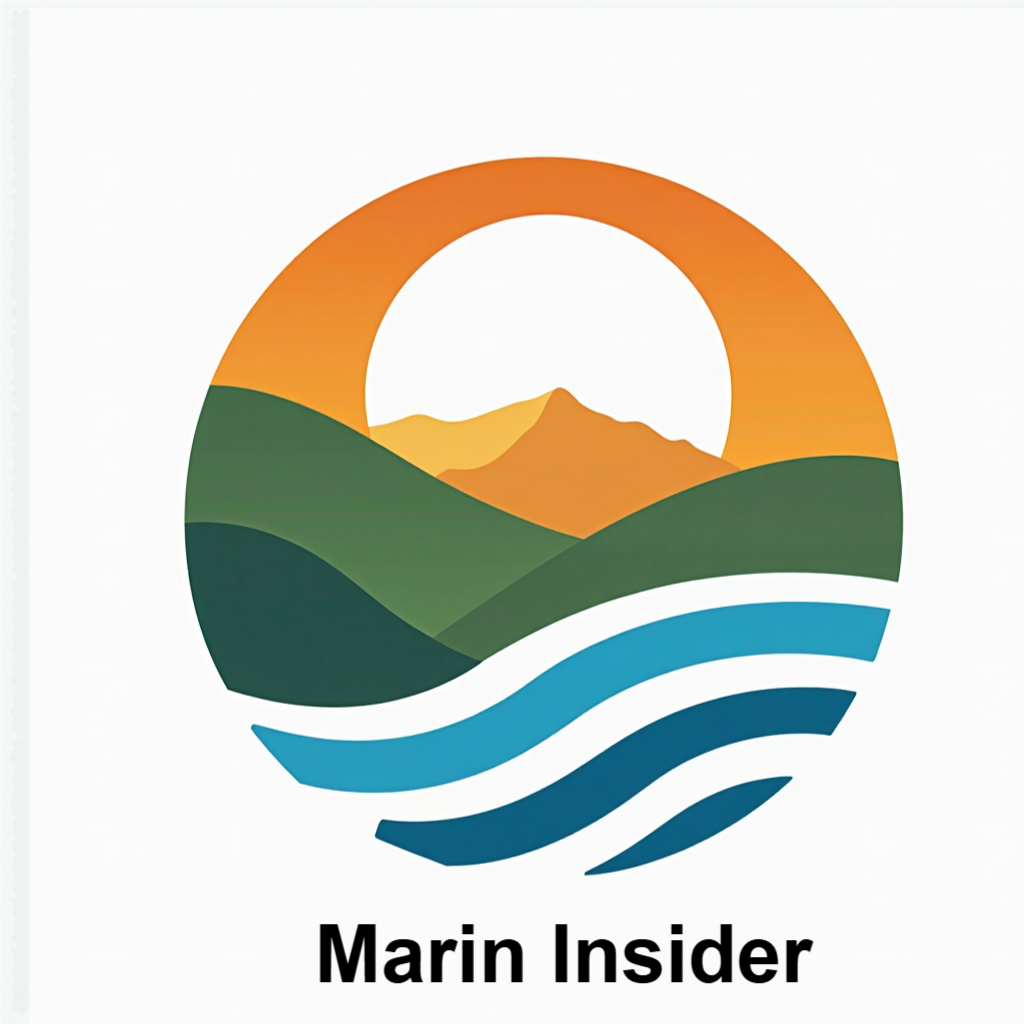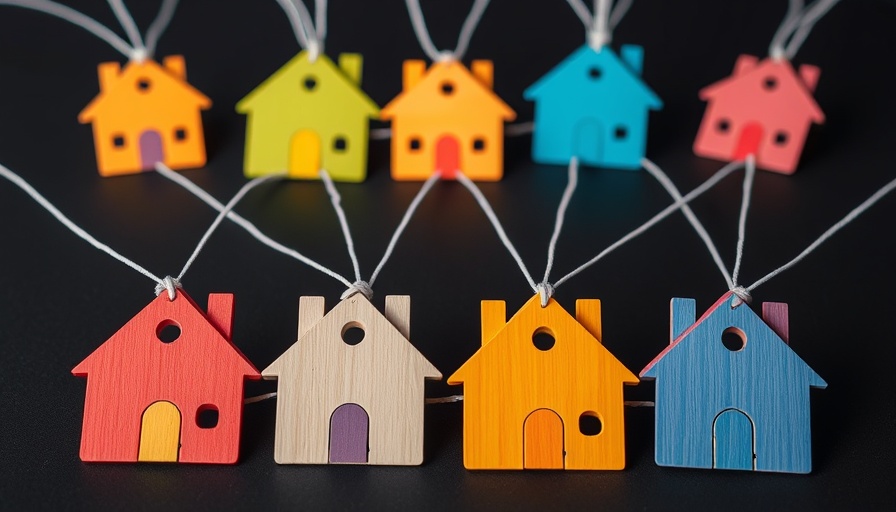
Understanding Private Mortgage Insurance (PMI)
If you’re considering buying a home but plan to put down less than 20%, you've likely encountered the term Private Mortgage Insurance, or PMI. This insurance, required on conventional loans when your down payment is below 20%, acts as a safety net for lenders—protecting them if you default on your mortgage. While PMI facilitates homeownership with a smaller initial payment, it can significantly add to your monthly housing costs.
Why Lenders Require PMI
Lenders impose PMI because it reduces their financial risk. Borrowers making smaller down payments are considered higher-risk. This insurance assures lenders they won't incur complete losses should a borrower stop making payments. As per industry standards, PMI is not your expense; it primarily safeguards the lender's investment.
Types of Private Mortgage Insurance
Understanding the different types of PMI can help you make the best choice for your financial situation:
- Borrower-paid PMI (BPMI): The most common type. You pay this insurance component as part of your monthly mortgage payment and can cancel it once you reach 20% equity in your home.
- Lender-paid PMI (LPMI): Your lender covers the PMI costs but generally offers you a higher interest rate in return. This type can't be canceled—you'll have to refinance to get rid of it.
- Single-premium PMI: You pay the entire PMI premium upfront at closing, which can lower your monthly payments but may result in loss if you sell or refinance before a certain timeframe.
- Split-premium PMI: This is a combination of both upfront and monthly payments, allowing for flexibility in payment options.
Deciding which PMI structure is best for you involves evaluating your budget, how long you plan to stay in your home, and current interest rates.
Future Trends in the Real Estate Market: PMI’s Impact
As the real estate market evolves, PMI's influence remains pertinent for prospective homebuyers. With interest rates fluctuating and home prices climbing, understanding PMI becomes critical. Buyers should stay informed about market trends that impact PMI premiums and lender requirements.
Strategic Tips for Handling PMI
Here are some actionable insights to help you navigate PMI effectively:
- Shop Around: Different lenders may offer varying PMI rates, so compare offers to find the most cost-effective option.
- Make Extra Payments: Increasing your mortgage payment can help you reach that 20% equity threshold more quickly, allowing you to ditch PMI sooner.
- Consider Different Loan Options: Certain loans such as VA loans do not require PMI, so it’s worth exploring other financial products.
- Monitor Your Home’s Value: As home values appreciate, you may reach the 20% equity threshold faster than expected, allowing you to request PMI removal quicker.
Emotional Considerations of Buying a Home
The decision to buy a home entails more than just financial implications. The prospect of homeownership can evoke varying feelings of excitement and anxiety. PMI can often feel like a hurdle, but understanding it objective can help ease some of these worries.
Wrap-Up: A Path Towards Homeownership
While PMI is often seen as an additional cost when purchasing a home, understanding its role and how to manage it can clarify your pathway to homeownership. Those moving forward with less than 20% down can still enjoy the freedom and investment of owning a home, provided they understand their insurance choices. By taking proactive measures, homebuyers can mitigate the influence of PMI on their long-term mortgage experience.
 Add Row
Add Row  Add
Add 




 Add Row
Add Row  Add
Add 

Write A Comment